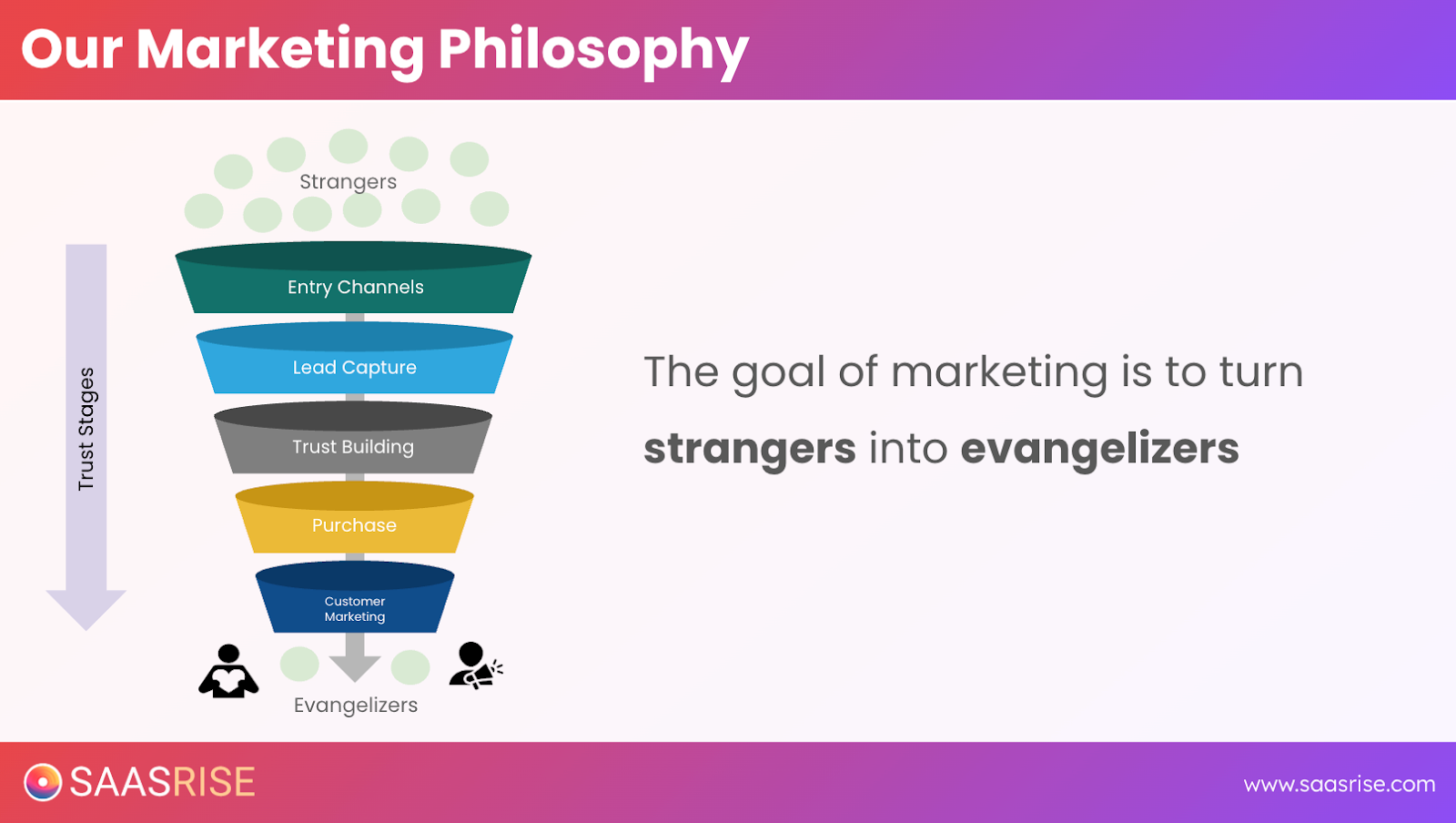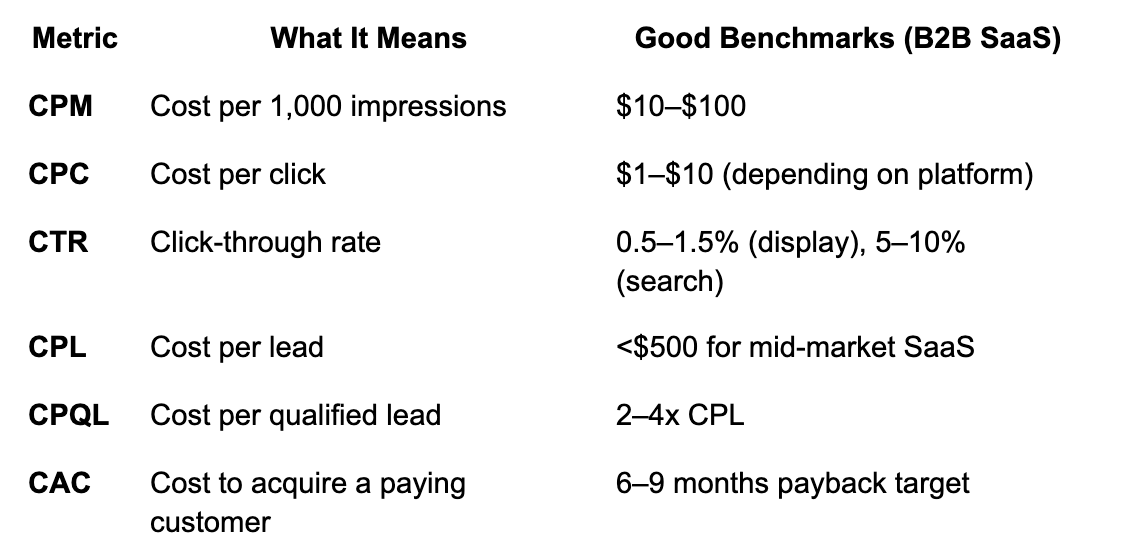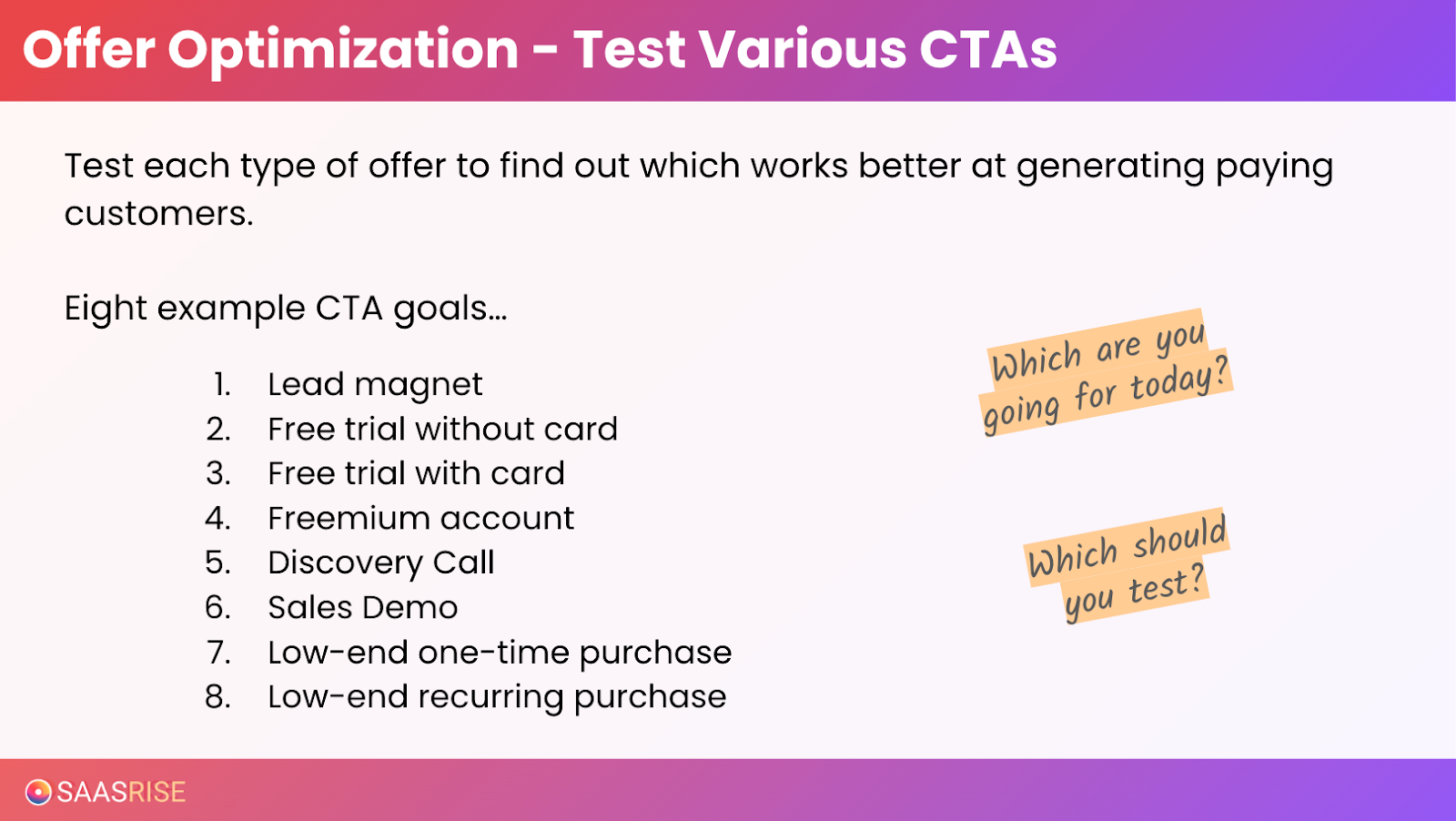
How to Use Conversion Rate Optimization to Cut CAC and Scale Your SaaS Ads
This week focuses on tightening every step of your funnel — from ad click to closed deal. Discover how small 25-50% improvements in landing-page performance, lead flow, and sales follow-up can cut CAC by up to 90% and turn ad spend into a scalable growth engine.
Every SaaS company hits this point: ads are running, leads are coming in, but the economics don’t quite work.
Your CAC (Customer Acquisition Cost) is too high. Your CPL (Cost Per Lead) feels heavy. Maybe you’re generating traffic, but not enough of it’s converting into customers.
Here’s the truth — most founders stop too early. They launch ads, look at early numbers, and say, “This doesn’t work.”
But the difference between ads that lose money and ads that scale profitably isn’t luck — it’s conversion rate optimization (CRO).

When you improve each step of your funnel by just 25–50%, your CAC can drop by 70–90%. That’s the power of compounding optimization.
Let’s break down how to do it — step by step.
This content is from the 16 week B2B SaaS Growth Program that we run twice a year.
Why CRO Is the Growth Lever Most Founders Miss
Most people think the goal of ads is to generate leads. That’s only half the game.
The other half is making sure those leads convert — efficiently.
Here’s the math:
- An unoptimized funnel might acquire customers at a $5,000 CAC.
- An optimized funnel might acquire those same customers at $1,000 CAC.
That’s a 5x difference — from the exact same ad spend.
You don’t need new channels. You need to make the channels you already have perform better.
Step 1: Track the Right Metrics
Before you can optimize, you need to measure.
Here are the core metrics to track weekly:

You should also track ad CAC (ad spend divided by customers from ads) separately from total CAC (all sales and marketing spend divided by all customers).
When you track these every week by channel and ad type, you’ll quickly see which levers are working — and which need fixing.
Step 2: Focus on the Right Levers
CRO is about improving every step of the conversion funnel:
- Ad click-through rate (CTR) – Are people clicking your ads?
- Visitor-to-lead rate – Are visitors becoming leads?
- Lead-to-qualified rate – Are your leads the right people?
- Qualified-to-customer rate – Are those leads closing?
Small improvements in each area compound massively.
For example:
- A 25% improvement in all four areas reduces CAC by two-thirds.
- A 50% improvement in all four areas reduces CAC by 90%.
That’s how you go from “ads don’t work” to “ads print money.”
Step 3: Optimize Your Landing Pages
Once your ads are live, your landing pages become the most important part of your funnel.
The average B2B landing page converts just 1% of visitors. That means 99 out of 100 people leave without taking action.
Your job is to fix that.

1. Simplify the Page
- Remove navigation menus. They distract visitors and kill conversions.
- Keep one CTA (Call to Action) — like “Start Free Trial” or “Get the Report.”
- Eliminate clutter — fewer choices mean higher action.
2. Improve Your Offer
You’re trading something valuable (content, access, insight) for an email address. Make sure what you’re offering is genuinely worth it.
Strong offers include:
- Free trials
- Interactive or recorded demos
- Case studies or benchmark reports
- Audit or consultation calls
- Survey results or PDF guides
In B2B, lead magnets should educate and solve problems — not just promote your product.
3. Design for Mobile First
Over 60% of ad traffic now comes from mobile devices. If your landing page isn’t mobile-optimized, you’re losing leads instantly.
Check how your CTA button looks on mobile. It should be big, visible, and easy to tap.
4. Use Social Proof
Logos, testimonials, and stats build instant trust. If you have it, flaunt it.
Step 4: Test, Don’t Guess
Optimization is experimentation.
You don’t need to guess what will work — you can test it.
Use tools like Unbounce, Leadpages, or HubSpot CMS to A/B test two versions of your landing page simultaneously.
Start with big changes:
- Headline
- Offer type
- Button placement or color
Then test smaller tweaks later — like button copy or image choice.
Run each test until you have at least 1,000 visitors per version for statistically valid results.
Step 5: Automate and Follow Up
CRO doesn’t end when someone fills out a form. The post-lead experience is where deals are won or lost.
Use CRM and automation tools like GoHighLevel, HubSpot, or ActiveCampaign to build follow-up sequences that trigger instantly when a new lead comes in.
Include:
- A thank-you email within minutes.
- SMS or Slack alerts for your sales team.
- Automatic retargeting enrollment.
- A 60–90-day nurture sequence with value-driven content.
💡 Speed to lead matters. Responding within 5 minutes can increase your close rate by 8x compared to responding after 24 hours.
Step 6: Build a Conversion Optimization Process
CRO is not a one-time project. It’s a discipline.
Here’s a process to follow:
- Review results weekly. Track CPM, CPC, CTR, CPL, and CAC.
- Identify weak points. Which metric is lagging — clicks, leads, or closes?
- Brainstorm improvements. Write hypotheses and test one at a time.
- Document everything. Keep a simple CRO log — what you changed, when, and the impact.
- Repeat every month. Aim for at least one new test every two weeks.
Assign one person on your marketing team (or an agency) to own this process.

If your company is above $1M ARR, you should have at least:
- One person on content and list building
- One on paid media and CRO
- One on sales and follow-up
These three roles form the backbone of a scalable growth organization.
Step 7: Track the Compounding Effect
Here’s what happens when you optimize consistently:

Make each step 50% better and CAC drops to around $1,400 — a 90% reduction.
That’s not theory — it’s math.
CRO compounds because every small win multiplies through the funnel.
Step 8: Scale Your Ad Budgets Methodically
Once your funnel starts working, it’s tempting to throw more money at what’s working.
Don’t.
Ad platforms rely on machine learning. If you increase budgets too fast, the algorithms reset — and your performance tanks.
Follow these principles:
- Scale gradually: Increase spend by no more than 10–15% per week.
- Change one thing at a time: Budget, creative, or audience — not all three.
- Monitor frequency: If your CTR drops below 0.5%, your audience is fatigued. Refresh creative.
- Replace ads every 4–6 weeks: Upload new versions or swap in fresh videos to keep engagement high.
Scaling is a science — steady, data-driven, and patient.
Step 9: Know When to Scale and When to Stop
Some campaigns can scale endlessly. Others can’t.
- Retargeting is limited by your website traffic volume.
- Google Search is limited by keyword search volume.
- Lookalike and Matched Audiences scale best — they can expand reach while maintaining targeting precision.
As you grow, shift your budget toward the channels that remain profitable.
And remember: scaling doesn’t always mean “spend more.” Sometimes it means reallocating budget from underperforming ads to the ones that drive ROI.
Step 10: Make CRO a Company Habit
CRO is not just a marketing tactic — it’s a culture of improvement.
When your whole team focuses on making small, consistent optimizations, the results compound faster than you think.
Here’s what a strong CRO culture looks like:
- Weekly reviews of ad and funnel metrics.
- Open feedback between marketing and sales on lead quality.
- A shared KPI around CAC and payback period.
- A mindset that everything can be improved.

That’s how you turn marketing into an engine — not a cost center.
The Takeaway
Most SaaS companies don’t fail because their product is bad or their ads don’t work. They fail because they stop optimizing.
Here’s your CRO playbook in one line:
“Track every metric, test every assumption, and keep improving every step of your funnel — forever.”
That’s how you turn a $10,000 CAC into a $1,000 CAC.That’s how you go from burning cash to scaling profitably.That’s how you build a SaaS company that grows predictably — one small improvement at a time.
This content is from the 16 week B2B SaaS Growth Program that we run twice a year.

